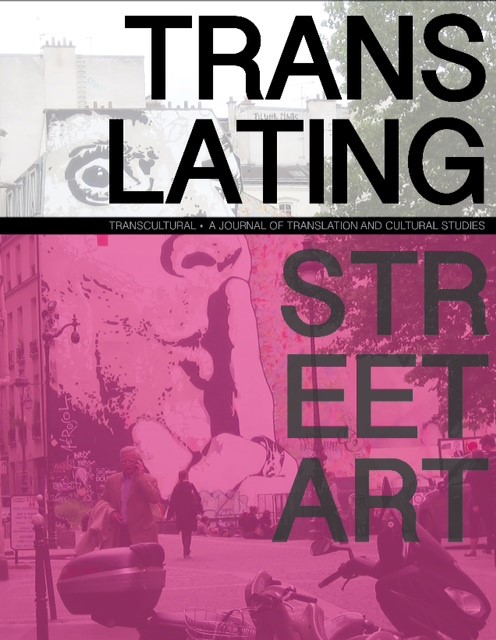Transatlantic Translations of the Button-down Shirt
DOI:
https://doi.org/10.21992/T9ND09Abstract
This article looks at how the button-down shirt has been translated in the American and British contexts. Employing Barthes’ notion of ‘fashion narrative,’ I describe how in the United States, the button-down shirt is closely associated with the Ivy Look, a style that had emerged from the elite Ivy League universities but became mass fashion by the mid-1960s. While the garment remained youthful, continuing to draw on the collegiate fashion narrative, it also spoke to an American national imaginary of affluence, abundance and class mobility. Both the garment and its paratextual meanings circulated through the global fashion system, emerging in a very different context in 1960s Britain. Speaking to British imaginings of America, it remained youthful but was transformed by the particularities of the British class system, becoming closely associated with two of Britain’s working-class youth subcultures: the mods and the skinheads. Emblematic of the subterranean passion for clothing that characterised the culture of young working-class men in Britain during the latter half of the twentieth century, the button-down shirt became a subcultural icon. In turn, the historicisation and commodification of these subcultures has ensured the button-down shirt’s place in the British national imaginary. Comparing publicity materials produced by American and British clothiers, I examine how the garment’s fashion narratives, both British and American, continue to circulate.Downloads
Downloads
Published
Issue
Section
License
Authors who publish with this journal agree to the following terms: a.Authors retain copyright and grant the journal right of first publication with the work simultaneously licensed under a Creative Commons Attribution License that allows others to share the work with an acknowledgement of the work's authorship and initial publication in this journal. b.Authors are able to enter into separate, additional contractual arrangements for the non-exclusive distribution of the journal's published version of the work (e.g., post it to an institutional repository or publish it in a book), with an acknowledgement of its initial publication in this journal. c.Authors are permitted and encouraged to post their work online (e.g., in institutional repositories or on their website) prior to and during the submission process, as it can lead to productive exchanges, as well as earlier and greater citation of published work (See The Effect of Open Access).



